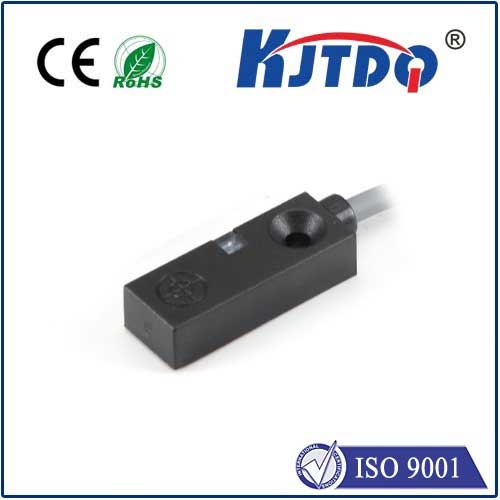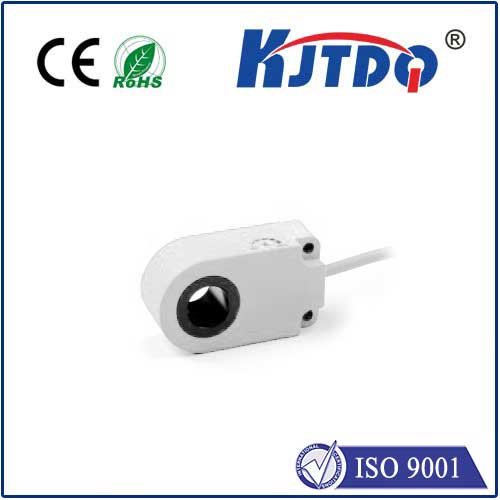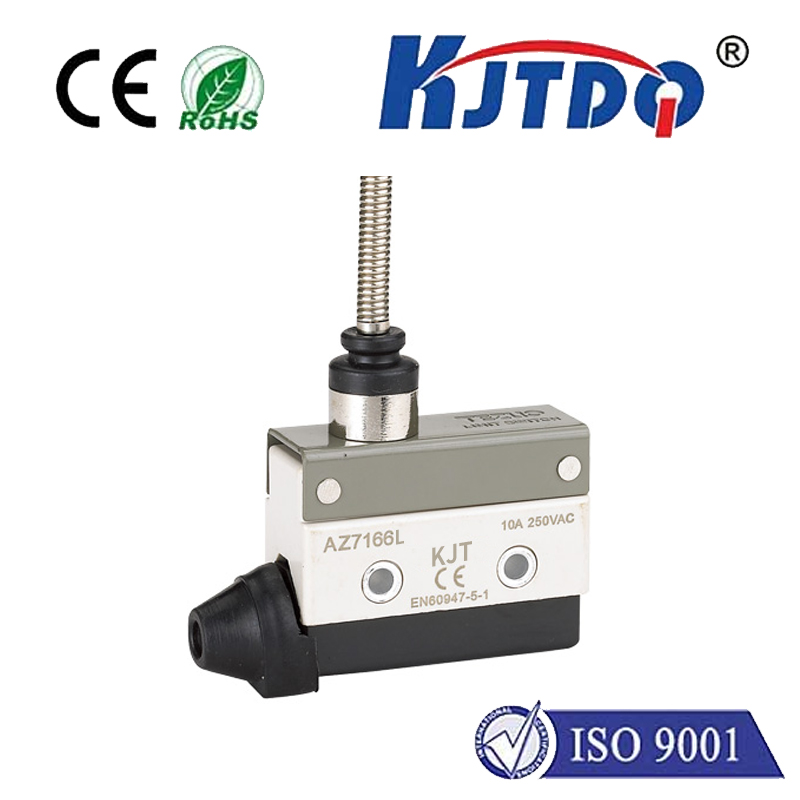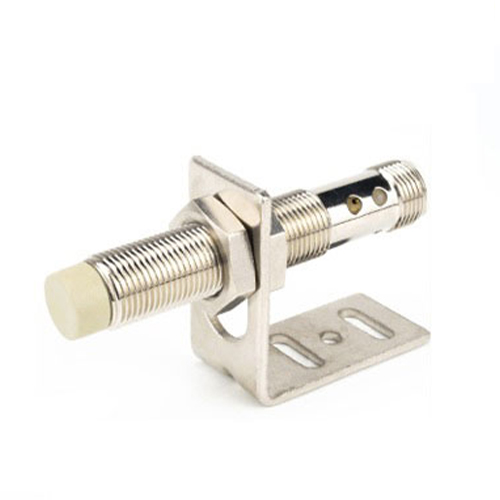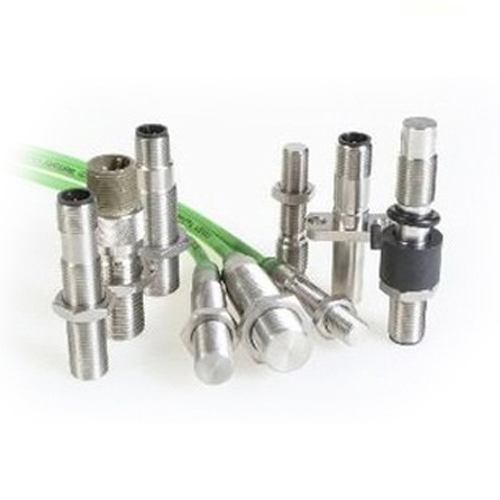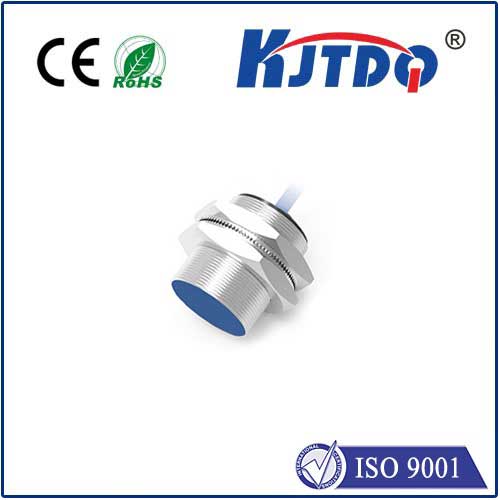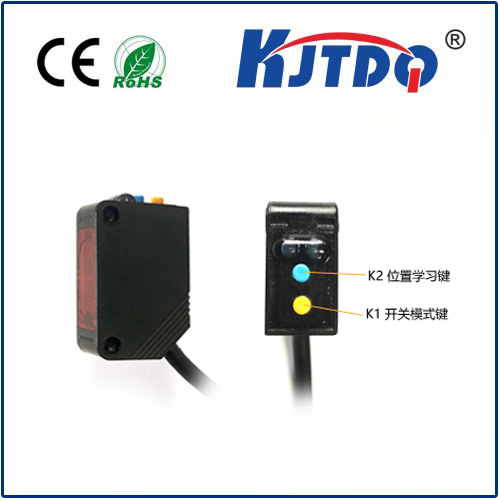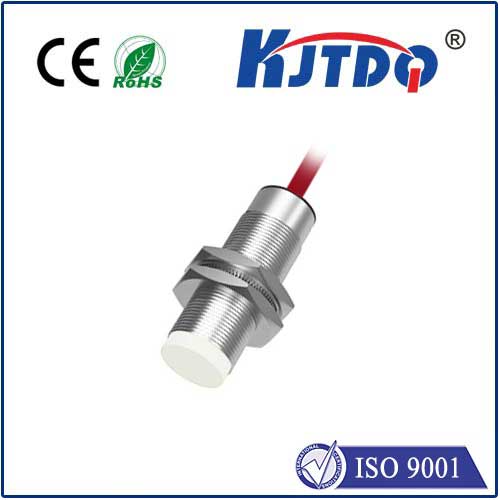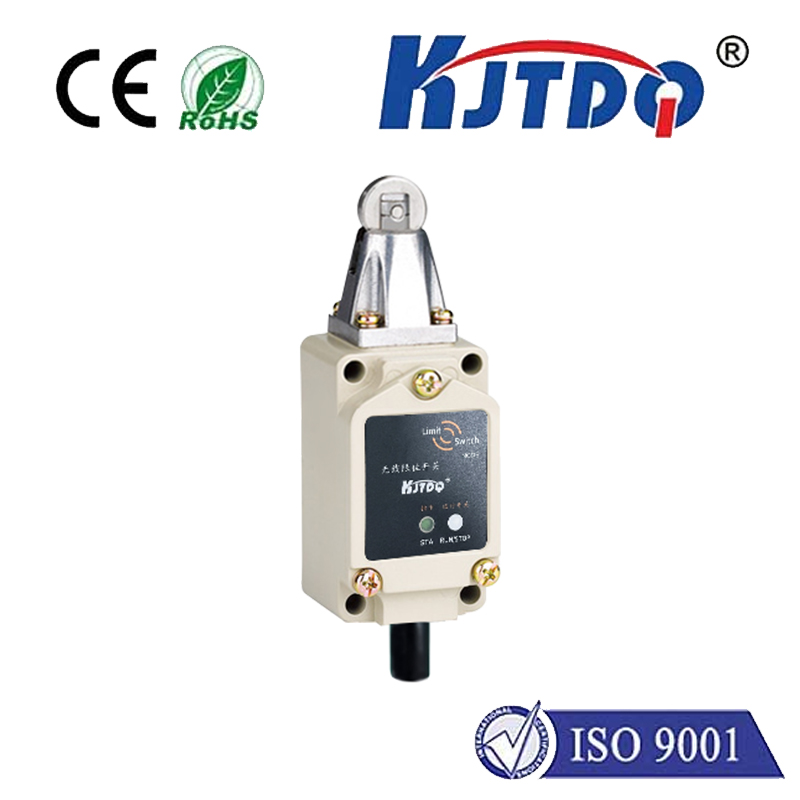

check

check

check

check

check

check

check

check

check

check
Imagine the scene: a critical production line grinds to a halt. Raw material, essential for the next batch, is mysteriously absent from the silo. A frantic check reveals the culprit – an empty bin that manual checks or unreliable sensors failed to detect. Lost time, wasted resources, costly downtime. This frustrating scenario, all too common in industries relying on bulk solids, liquids, or powders, underscores the critical need for uncompromising accuracy in bin level monitoring. Enter the laser bin level sensor – a technological leap offering unprecedented precision and reliability in material level detection. This sophisticated instrument is rapidly becoming the cornerstone of efficient, automated inventory management and process control across countless sectors.
Unlike traditional methods such as costly radar sensors, vibrating rods, ultrasonic sensors, or rudimentary mechanical switches, laser distance sensors operate on the principle of precise time-of-flight measurement. Here’s how it works in the context of bin level monitoring: a focused, coherent beam of laser light is emitted from the sensor head, typically mounted securely at the top of the bin, silo, or hopper. This beam travels unimpeded through the air (or potentially dust) until it strikes the surface of the material inside. The laser light is then reflected back towards the sensor. An integrated, highly sensitive receiver detects this reflected signal. Crucially, the sensor’s internal electronics calculate the exact time difference between the emission and reception of the light pulse. Since the speed of light is a known constant, this time measurement translates directly and incredibly accurately into the distance between the sensor and the material surface. This distance data is continuously processed and outputted, providing real-time level measurement.
The advantages offered by laser bin level sensors are transformative and address the core weaknesses of older technologies:

Where Laser Bin Level Sensors Shine (Industries & Applications):
Key Considerations for Implementation:
While powerful, laser sensors aren’t a universal panacea. Careful selection is vital:
Choosing the Right Laser Sensor:
When selecting a laser bin level sensor, work closely with experienced suppliers. Specify:
Leading manufacturers constantly innovate, incorporating features like enhanced signal processing for difficult surfaces, self-cleaning lenses, robust IP69K-rated housings, and sophisticated diagnostics. For instance, a leading German chemical plant reported a 30% reduction in manual bin checks and virtual elimination of production stoppages due to material shortages after deploying networked laser bin level sensors across their key ingredient silos.
In the relentless pursuit of operational efficiency, safety, and cost control, laser bin level sensors represent a significant technological advancement. By delivering continuous, precise, and reliable material level measurement non-invasively, they empower industries to optimize inventory, prevent costly spills or run-dry situations, streamline processes, and make data-driven decisions. While careful consideration is needed for specific applications, the benefits of enhanced precision, minimal maintenance, and seamless integration make laser distance technology the increasingly preferred solution for modern bin and silo level monitoring challenges across the industrial landscape. The era of guessing or relying on imprecise methods is fading; the laser sharp clarity provided by these sensors is setting the new standard.
